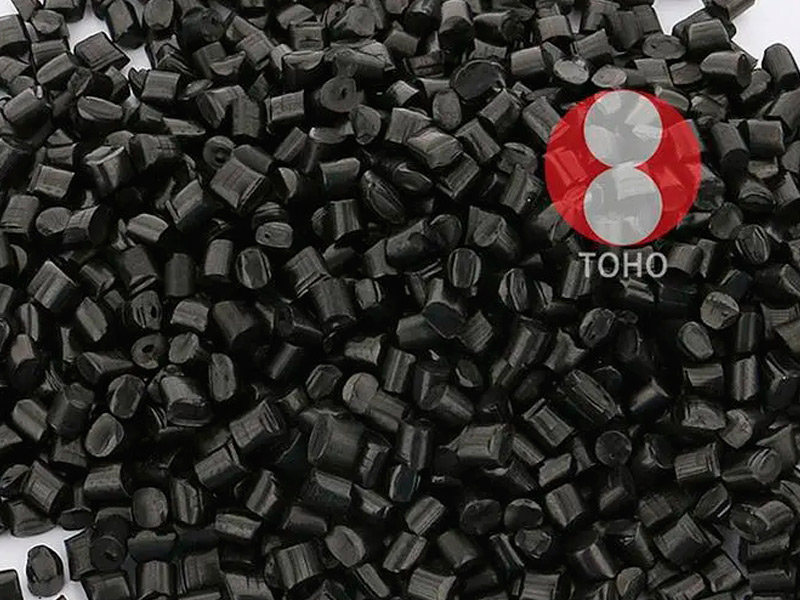With the continuous expansion of the polyethylene consumption market and the continuous diversification of consumer varieties, the amount of polyethylene waste is also increasing. With the continuous advancement of science and technology and the continuous increase in energy demand, how to do a better job of recycling wastes faster and better is related to the prosperity and progress of the country, and the recycling of polyethylene wastes is a problem for all wastes. One of the important contents is in the PE recycling line.
PP/PE granulating machines including single-screw plastic granulator are commonly used for the recycling of polypropylene (PP) and polyethylene (PE) plastic films. These machines work by first shredding and crushing the used plastic films into small pieces, which are then melted and reshaped into pellets. The pellets can be further processed into new products or used as raw materials for the production of other products.
The working principle of a PP/PE granulating machine is based on the use of a series of specialized processing stages, including crushing, washing, drying, and extruding. During the crushing stage, the used plastic films are shredded and broken down into smaller pieces. The washing stage removes impurities and contaminants from the plastic material, while the drying stage removes any remaining moisture. In the final stage, the cleaned and dried plastic material is melted and extruded through a die to produce the desired pellets.
Our plastic recycling machine company offers a range of PP/PE granulating machines, including single-screw extruders, twin-screw extruders, and parallel co-rotating twin-screw extruders. These machines are designed to handle a wide range of plastic film recycling applications and offer a range of advantages, including high processing efficiency, low energy consumption, and easy operation and maintenance. Our machines are also customizable to meet the specific needs of different recycling projects, making them ideal for use in a variety of industries and applications.
The PP/PE recycling line offers several advantages over traditional recycling methods, including:
Increased Efficiency: PP/PE recycling lines are designed to handle large volumes of plastic film, allowing for increased processing efficiency and higher output rates compared to manual or semi-automated recycling methods.
Reduced Waste: PP/PE recycling lines minimize waste and maximize the recovery of valuable plastic materials, reducing the amount of waste generated and helping to conserve natural resources.
Improved Quality: The use of advanced processing techniques and technologies in PP/PE recycling lines ensures that the recycled plastic material meets high-quality standards, making it suitable for use in a wide range of applications.
Lower Costs: PP/PE recycling lines can significantly lower the plastic recycling machine cost compared to traditional methods, due to increased efficiency, reduced waste, and improved quality.
Environmentally Friendly: PP/PE recycling lines are environmentally friendly, reducing greenhouse gas emissions, conserving energy, and reducing the amount of plastic waste that ends up in landfills.
Our company's PP/PE recycling line is designed to provide high-quality recycled plastic material that meets or exceeds industry standards, while also being highly efficient and cost-effective. We strive to provide our customers with the best possible recycling solutions, tailored to meet their specific needs and requirements.

Polyethylene (PE) and Polypropylene (PP) film recycling can face a number of challenges, including:
Contamination: PE and PP film is often mixed with other materials such as paper, food waste, and different types of plastics, making it difficult to recycle effectively.
High volume, low weight: PE and PP film is often produced in large volumes but is lightweight, making it difficult to economically transport it to recycling facilities.
Quality degradation: During the recycling process, PE and PP film can degrade, reducing its quality and making it less suitable for certain applications.
Lack of consumer awareness: Many consumers are not aware of the benefits of PE and PP film recycling or the proper ways to recycle it, leading to more waste in landfills.
Limited recycling facilities: There are a limited number of recycling facilities equipped to process PE and PP film, leading to a lower rate of recycling for this type of waste.
To mitigate these challenges, the recycling industry is investing in better methods of sorting and cleaning recycled PE and PP film, as well as improving the quality of recycled materials. Additionally, efforts are being made to educate consumers on the importance of PE and PP film recycling and the proper ways to recycle it.
The process of polypropylene (PP) recycling can be divided into several main steps:
Collection and Sorting: The first step in the recycling process is to collect used PP products and sort them based on their type and quality. This is usually done by waste management companies or recyclers.
Shredding: After sorting, the collected PP products are then shredded into small pieces using a film shredder machine. This makes it easier to separate the plastic from any contaminants, such as paper labels, metal staples, or dirt.
Washing: The shredded PP is then washed to remove any impurities and contaminants. This step is crucial to ensure the quality of the recycled material.
Drying: After washing, the PP material is then dried to remove any remaining moisture. This step is important to prevent mold or bacteria growth during storage.
Melting and Pelletizing: The dried PP is then melted and transformed into pellets, which are then cooled and solidified. The pellets are then ready for use in the production of new PP products.
Reuse: The recycled PP pellets can then be used in the production of a wide range of products, such as furniture, automotive parts, containers, and other consumer goods.
In summary, the recycling process of PP is a closed-loop system that involves the collection, processing, and reuse of PP materials to reduce waste and protect the environment.